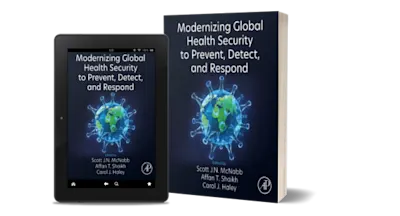Precious Metals Analysis outlines the advances and innovations in analysis of precious metals over the past three decades, focusing on both established fire assaying techniques and the most sophisticated spectroscopic analysis techniques. This book covers both the fundamentals of these techniques and provides strategies to define the analysis route of a specific sample most related to the reader’s individual research needs and target applications. This book is structured to provide comprehensive information about all areas of precious metals analysis, such as synthesis, characterization, recycling, and potential applications. The first three chapters cover the formalism of precious metals analysis, including historical context, sampling principles, techniques and details of mass measurement. The next four chapters build on these fundamentals to delve into the complexities of widely used and recognised methodologies of precious metals analysis, such as crucible fusion dire assay, NiS fusion, cupellation for crucible fusion and bullion, inquartation and parting, bullion fire assay. Chapters eight and nine explain the specifics of sample preparation, dissolution and dilution and the ways these can be used in wet chemical methods of multiple types of previous metals. Chapters ten to twelve outline the principles of qualitative analysis, covering multiple spectroscopic and separation techniques, collection methods and spectrometric determination and statistical analyses. Finally, the concluding chapters of this book cover best practice to ensure readers are equipped with information and troubleshooting for common analytical errors, method validation, quality control, assay costing, automation, and data management. This book will be an invaluable resource to analytical chemists and metallurgists working with these techniques. Precious Metals Analysis will also be extremely useful for any specialists interested in the study, applications, extraction, and recycling of precious metals, such as assayers, previous metal refiners and fabricators, geologists, geochemists, materials scientists, materials engineers, and chemical engineers. The book also outlines specific precious metals and includes chapters on special topics such as coarse gold in ore samples; it will therefore also be of significant interest to groups active in the precious metals business, such as precious metal traders, scrap dealers, jewellers, and waste materials recyclers. There is a final special topic chapter on environmental sampling, so this book will also be relevant for researchers and academics interested in environmental testing and monitoring research.

